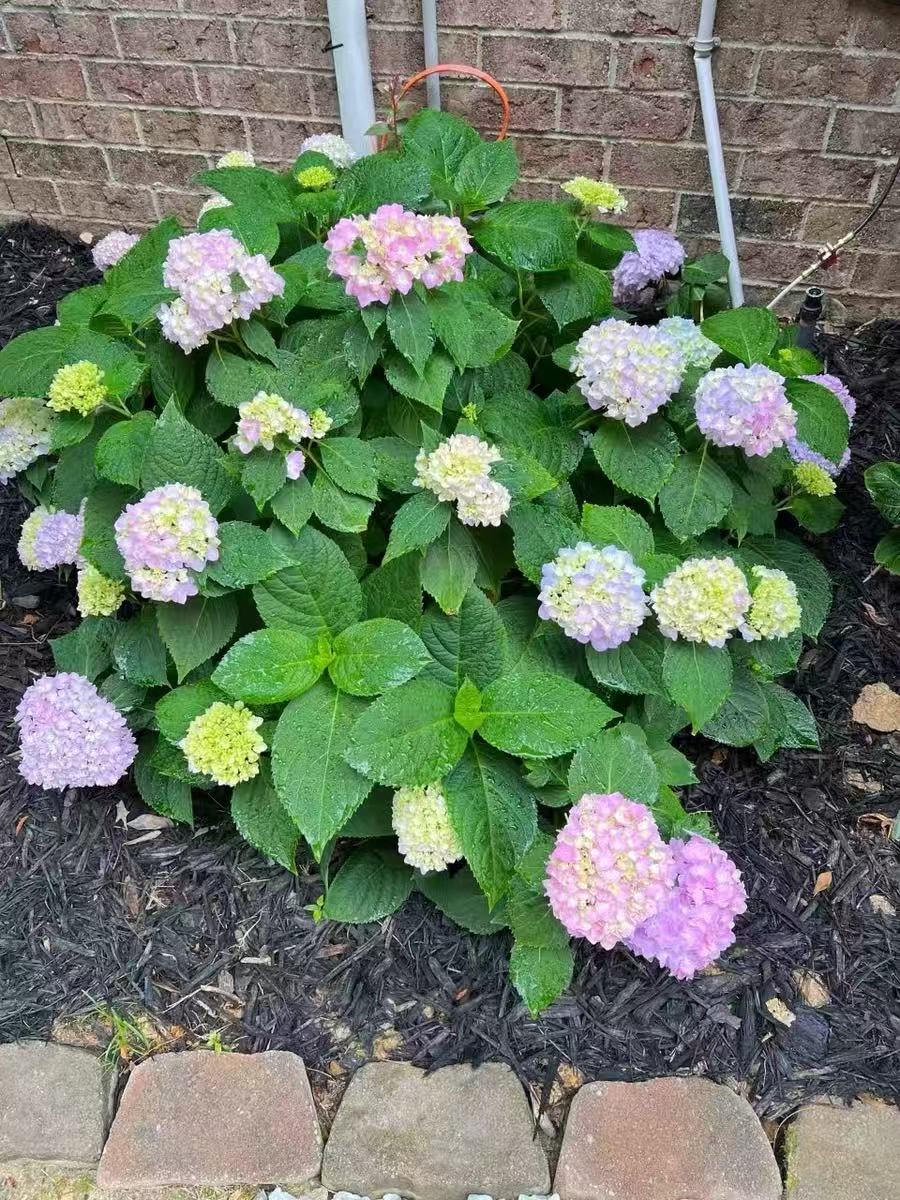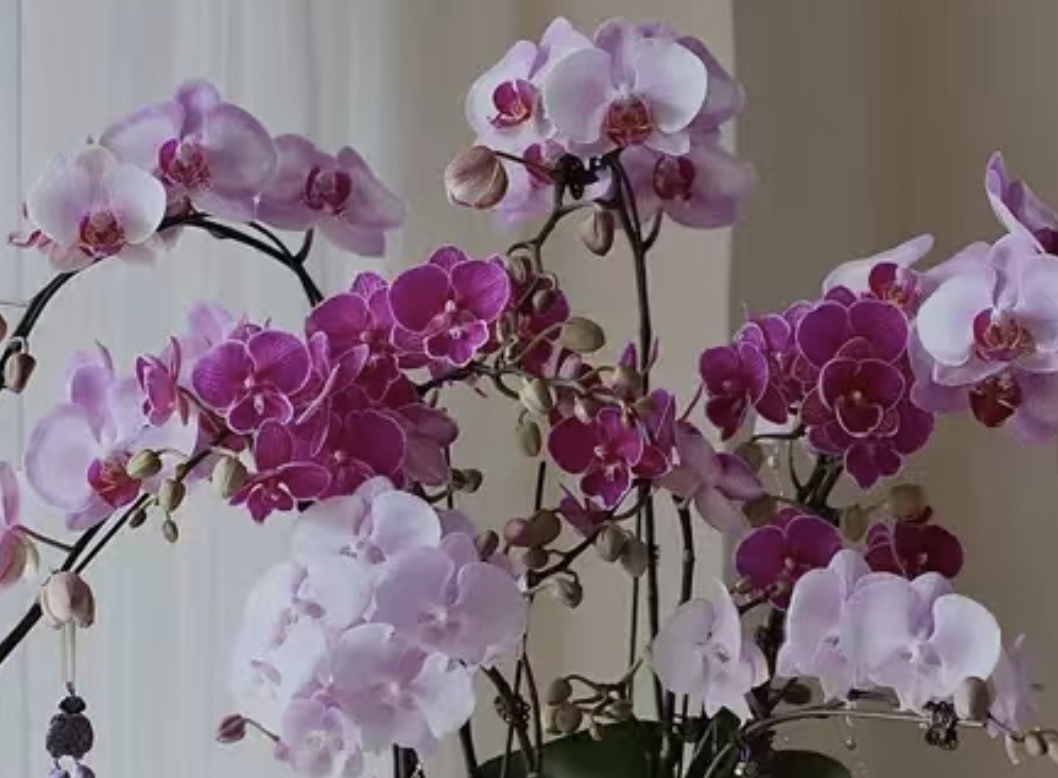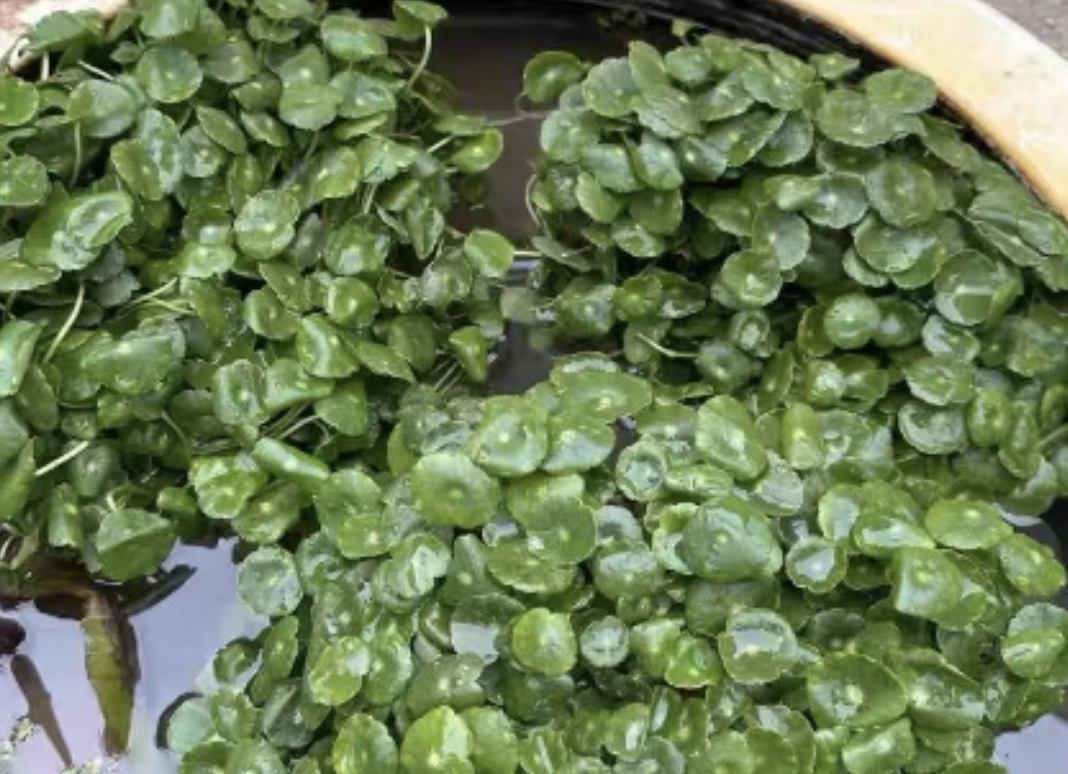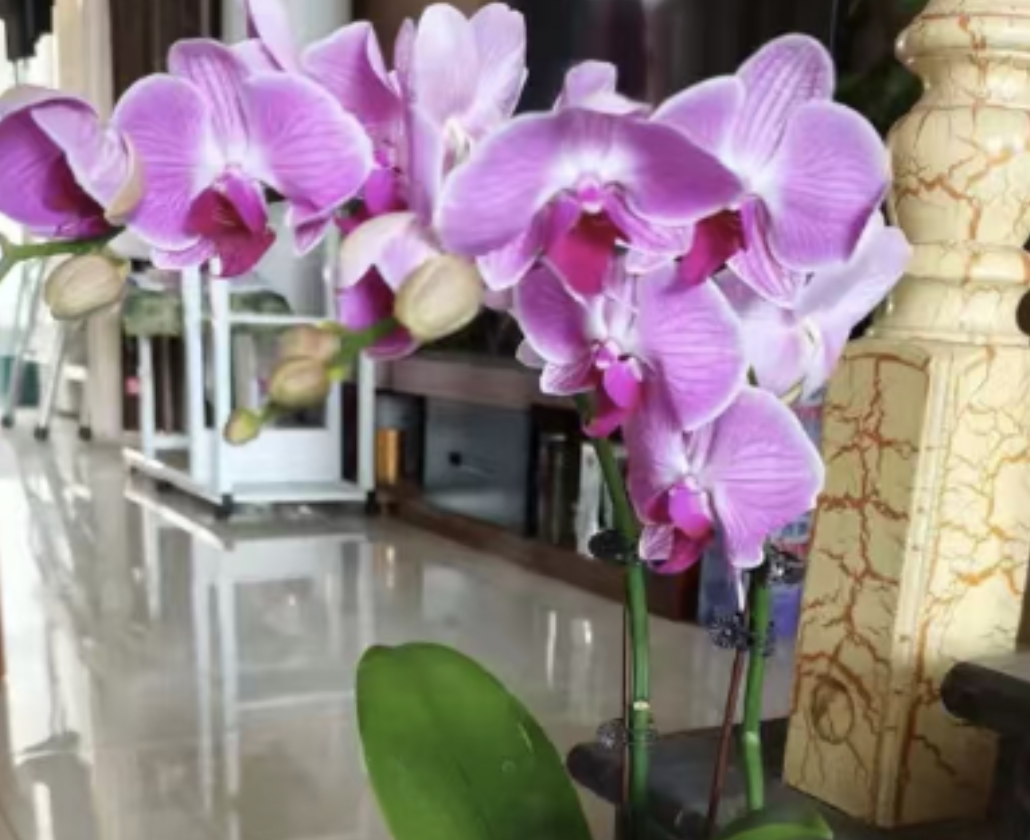period". During this season, watering becomes a major challenge in the maintenance process. Incorrect watering methods not only fail to meet the growth needs of plants but may also lead to problems such as root rot.
Don't use cold water for watering: In winter, the water temperature is usually low. If you directly water the flowers with cold water, it will cause great irritation to the plant roots. Cold water will lower the soil temperature, slow down the absorption capacity of the roots, and in severe cases, it may even lead to root frostbite. Therefore, before watering, it is best to let the tap water stand for a while until its temperature is close to room temperature. In addition, watering with warm water (about 20°C) has a better effect, which can effectively promote the absorption and growth of plant roots.
Don't water when the temperature is low: Although the temperature is low in winter, it doesn't mean that plants don't need water. However, the frequency and amount of watering need to be adjusted according to the temperature and the actual situation of the plants. When the temperature is particularly low, the growth rate of plants slows down, and their water demand also decreases accordingly. At this time, if you water blindly, it is easy to cause waterlogging in the soil, which in turn can lead to root rot. Therefore, during low - temperature periods, reduce the number of watering appropriately and keep the soil slightly moist.
Don't water only the surface layer: Watering only the surface layer means that only the surface of the soil is moistened while the deep - layer soil remains dry. This practice will cause uneven water absorption of the plant roots and affect the normal growth of the plants. Especially in winter, due to the low temperature, the evaporation rate of water in the soil is slow. If you only water the surface layer, it is easy for the plants to be in a water - deficient state for a long time. Therefore, when watering, make sure that the water can penetrate deep into the soil so that the roots can fully absorb it.
Don't water with excessive amounts: In winter, the low temperature weakens the transpiration of plants, and their water demand also decreases accordingly. If you water with excessive amounts at this time, it is easy to cause waterlogging in the soil, keeping the roots in a wet environment for a long time, thus leading to root rot. Therefore, when watering in winter, follow the principle of "it's better to keep the soil dry than wet". The amount of water for each watering should not be too much, and it is advisable to keep the soil slightly moist.
Don't use highly concentrated fertilizer - water: Winter is the dormant period or slow - growth period of plant growth. Fertilization should be carried out with caution at this time. Especially if you use highly concentrated fertilizer - water and apply too much of it, not only can't the plants fully absorb and utilize it, but it will also burden the roots and cause problems such as root rot. Therefore, when fertilizing in winter, choose fertilizers with low concentration and follow the principle of "applying thin fertilizers frequently" to avoid applying too much fertilizer at one time.
Watering flowers in winter requires caution. By following the above five principles and avoiding incorrect watering methods, you can effectively protect the health of plant roots and enable your beloved flowers to thrive even in winter.
How to Water Flowers Correctly in Winter? What Incorrect Watering Methods Can Lead to Root Rot In winter,

Share with
Tagged in :




Leave a Reply